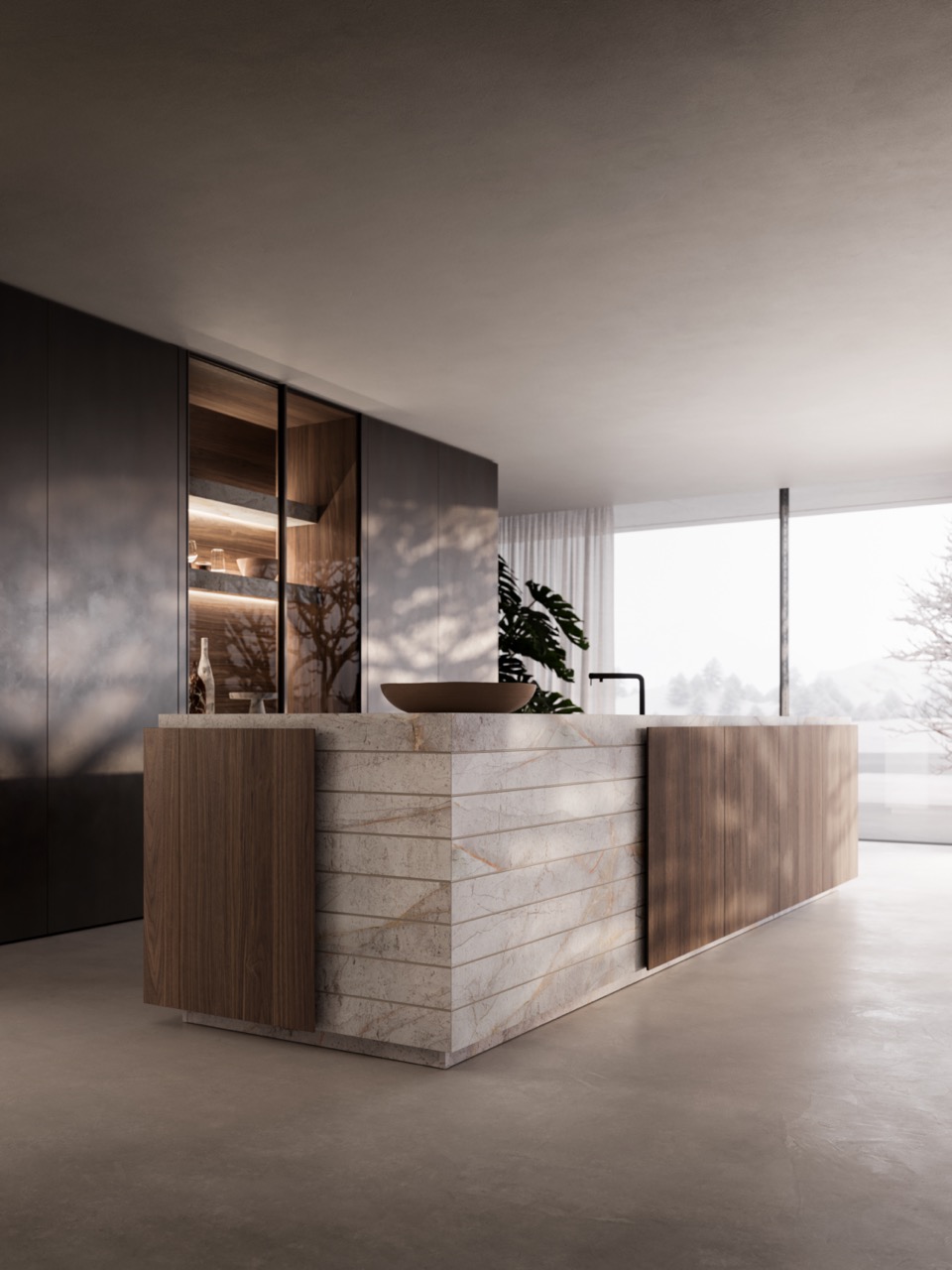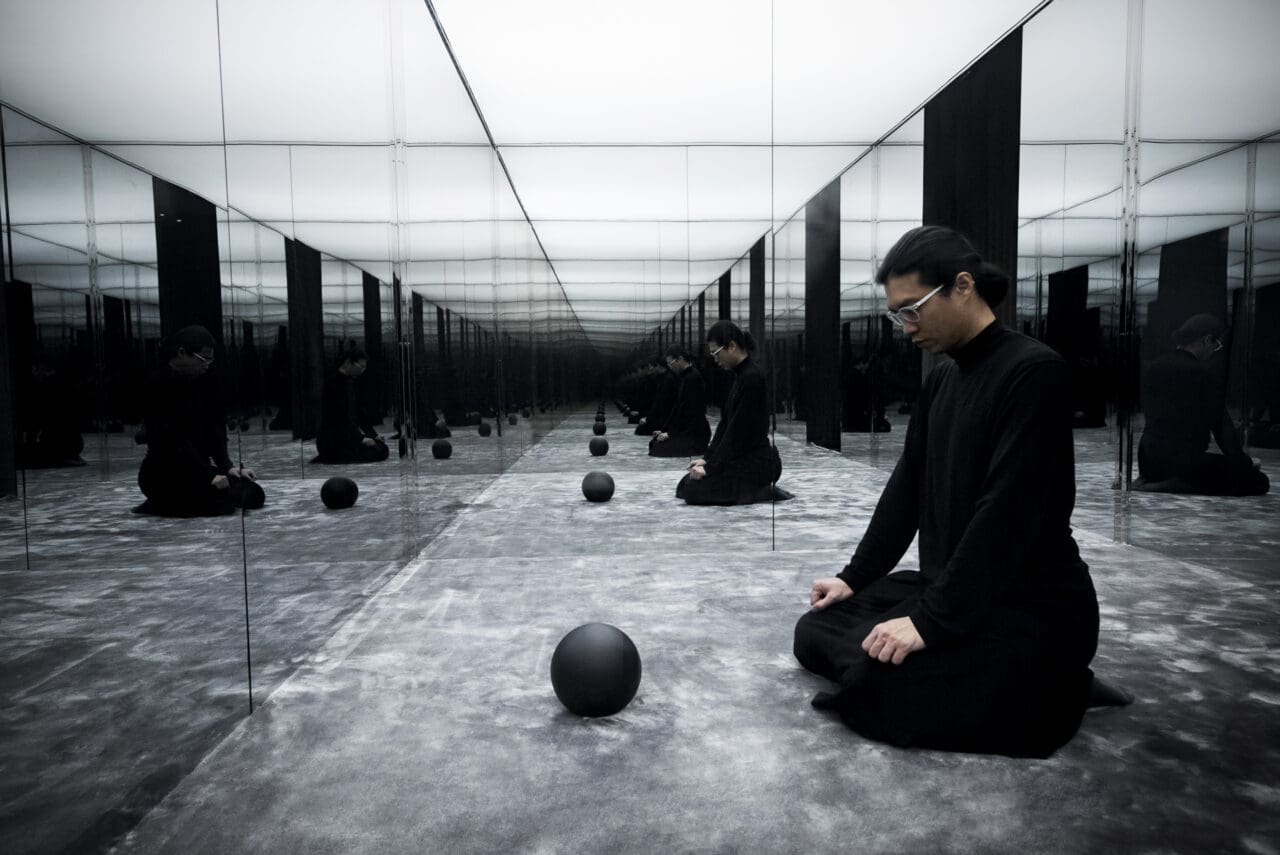Who wouldn’t want to live in Wes Anderson’s world? With his 10 feature films released over two decades, the auteur has provided us with a perfectly symmetrical and pastel-hued respite from reality when we’ve needed it most – never more so than with last year’s zippy comedy The French Dispatch. Set in a fictional French city, it follows a crew of journalists chasing down a series of outlandish stories, from JKL Berensen (Tilda Swinton) reporting on an incarcerated artist (Benicio del Toro) who paints abstract frescoes on the walls of his prison to Lucinda Krementz (Frances McDormand) tracking a student uprising led by a chess-playing revolutionary (Timothée Chalamet). Through it all, the interiors are as swoon-worthy as you’d expect: an oasis of lemony walls, patterned wallpaper, mid-century modern sofas, antique tables, rotary phones, film cameras and candy-coloured typewriters.
Among those responsible for the film’s charming visual style is set decorator Rena DeAngelo, who is known for her work on stylish period pieces having previously won an Emmy for Mad Men and received an Oscar nomination for Bridge of Spies. “For The French Dispatch, the feel that we were going for was post-war Paris,” she tells Vogue, clarifying that it needed to seem lived in and a little rough around the edges. “It wasn’t the stereotypically romantic picture-postcard Paris but it was still so beautiful.” Once she and her team arrived in the French capital, they scoured prop houses and flea markets for pieces that felt authentic. Then, when they got to Angoulême, where much of the filming took place, they found an estate liquidator with a warehouse full of antiques. “I was able to find a lot of things, and other things were created from scratch,” she adds. “I’m so proud of how it all turned out.”
So, how can The French Dispatch inspire your next interiors transformation? DeAngelo shares six tips – as well as the stories behind the film’s extraordinary sets – below.
Take your cues from French cinema of the ’50s and ’60s
“Wes gave us a list of French films to watch that he loved,” explains DeAngelo, listing François Truffaut’s The 400 Blows (1959), Albert Lamorisse’s The Red Balloon (1956) and both Jean-Luc Godard’s Masculin Féminin (1966) and Bande à part (1964). She adds that it was the café in the latter – where Anna Karina, Sami Frey and Claude Brasseur dance – that inspired The French Dispatch’s bright yellow Le Sans Blague café. “I just loved all the glass and mirrors.” The French New Wave classic should certainly be essential viewing for anyone considering a kitchen or dining room renovation.
Pick out some vintage wallpaper
From the galloping zebras in Margot Tenenbaum’s bedroom to the vibrant prints inside the Darjeeling Limited, Anderson is known for his love of eccentric wallpaper. In The French Dispatch, the most striking design (visible in the trailer) is in the bathroom where Frances McDormand’s Lucinda Krementz encounters Timothée Chalamet’s Zeffirelli – a bold, almost cubist floral motif. “We found that wallpaper on location,” says DeAngelo. “And we even found extra rolls of it in that building, from when they’d put it up in the ’60s.” Elsewhere, her team relied on the vintage wallpaper supplier Hannah’s Treasures, which is dedicated to sourcing eye-catching rolls printed between the 1930s and 1970s.
Get a desk with barley-twist legs
“When I was buying furniture, every time I showed Wes something that had a barley-twist table leg, he was like, ‘I like that,’” laughs DeAngelo. “So, we made all the writers’ office desks like that.” But, the helical detailing pops up elsewhere, too, including on the electric chair that Benicio del Toro’s Moses Rosenthaler briefly straps himself into. “Wes said, ‘Wouldn’t it be great if we had an electric chair like that?’ So, my set dressers who were also carpenters built it. I’ve never seen anything like it.”
Add green accents (and lots of lamps)
“There was a green lamp on the desk of Arthur Howitzer Jr [the editor of The French Dispatch, played by Bill Murray] and that shade of green is so specifically Wes,” continues DeAngelo. “Anytime I saw anything that was that colour, I’d buy it, and I also bought every cool lamp I could find. You can never have too many.”
Reconsider Formica and linoleum
The once-maligned materials have been quietly staging a comeback for years and remain key to the Wes Anderson aesthetic. How to incorporate them into your home? “You could find a vintage table and redo the top of it with Formica,” suggests DeAngelo. “The brand now has a lot of products in vintage colours from the ’50s and ’60s because people love them.”
Make a pilgrimage to a lesser-known French flea market
“I went to the Saint-Ouen flea market and it was very expensive,” muses DeAngelo. “We had a budget. One of my assistants suggested some other markets so we went to them instead. They were in Chartres and Le Mans, just once a month, and we’d go with a whole bunch of people and a truck. I’d run around going, ‘This, this, this!’ It was amazing. I mean I was shopping in French flea markets for six months. What could be better than that?”
View this post on Instagram
Editor
Radhika SethCredit
Lead image: Searchlight Pictures





